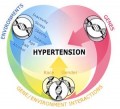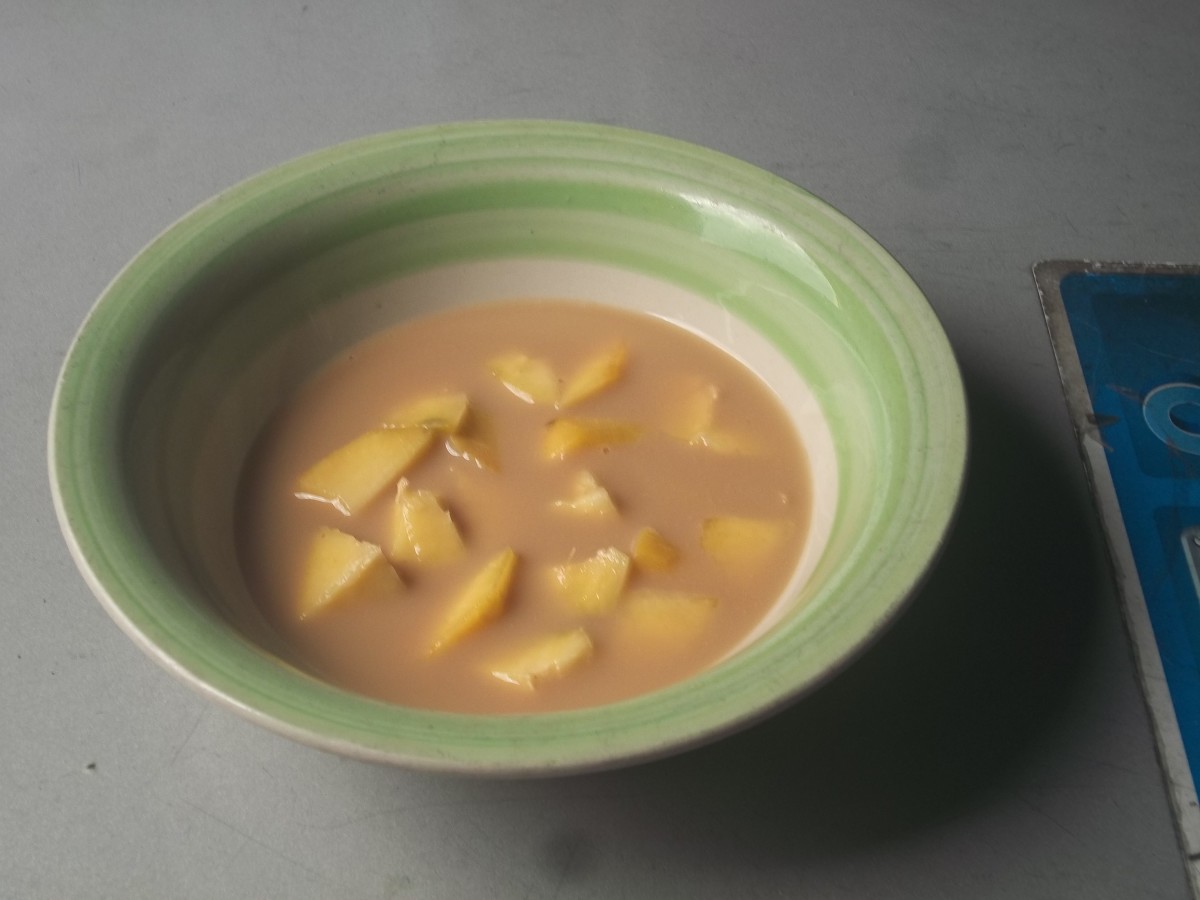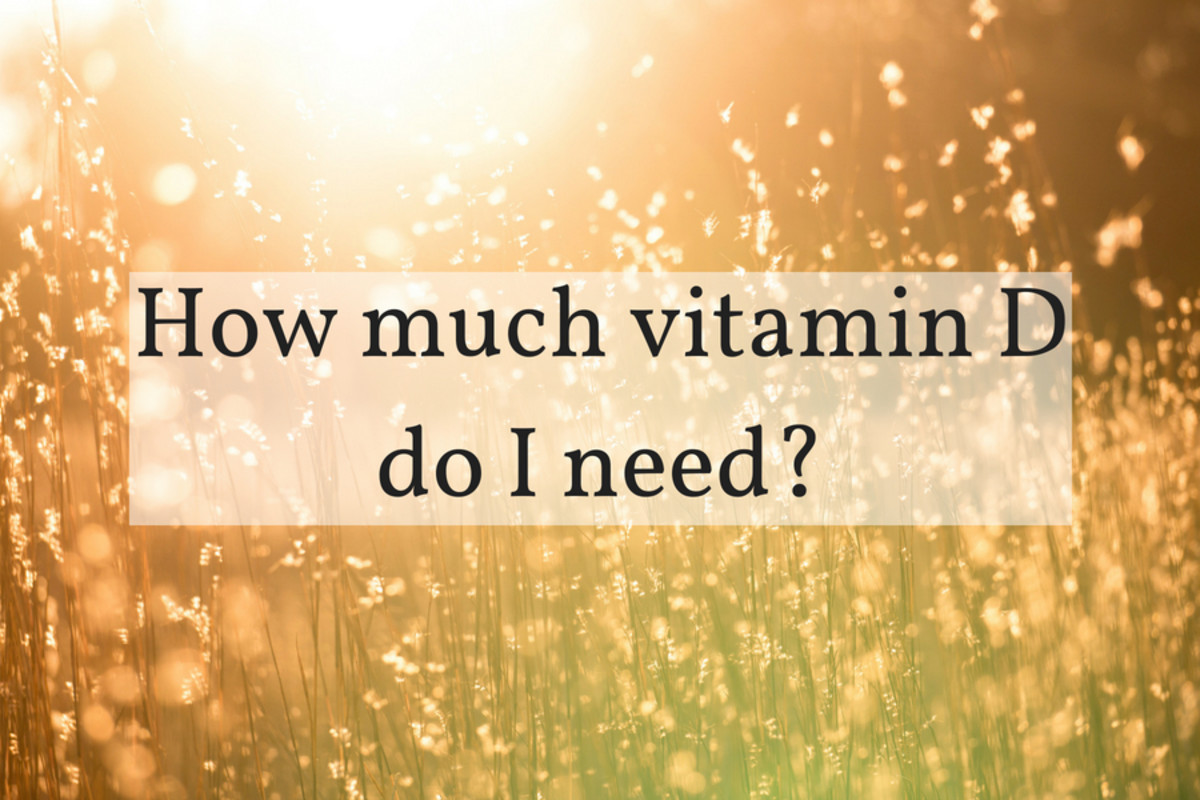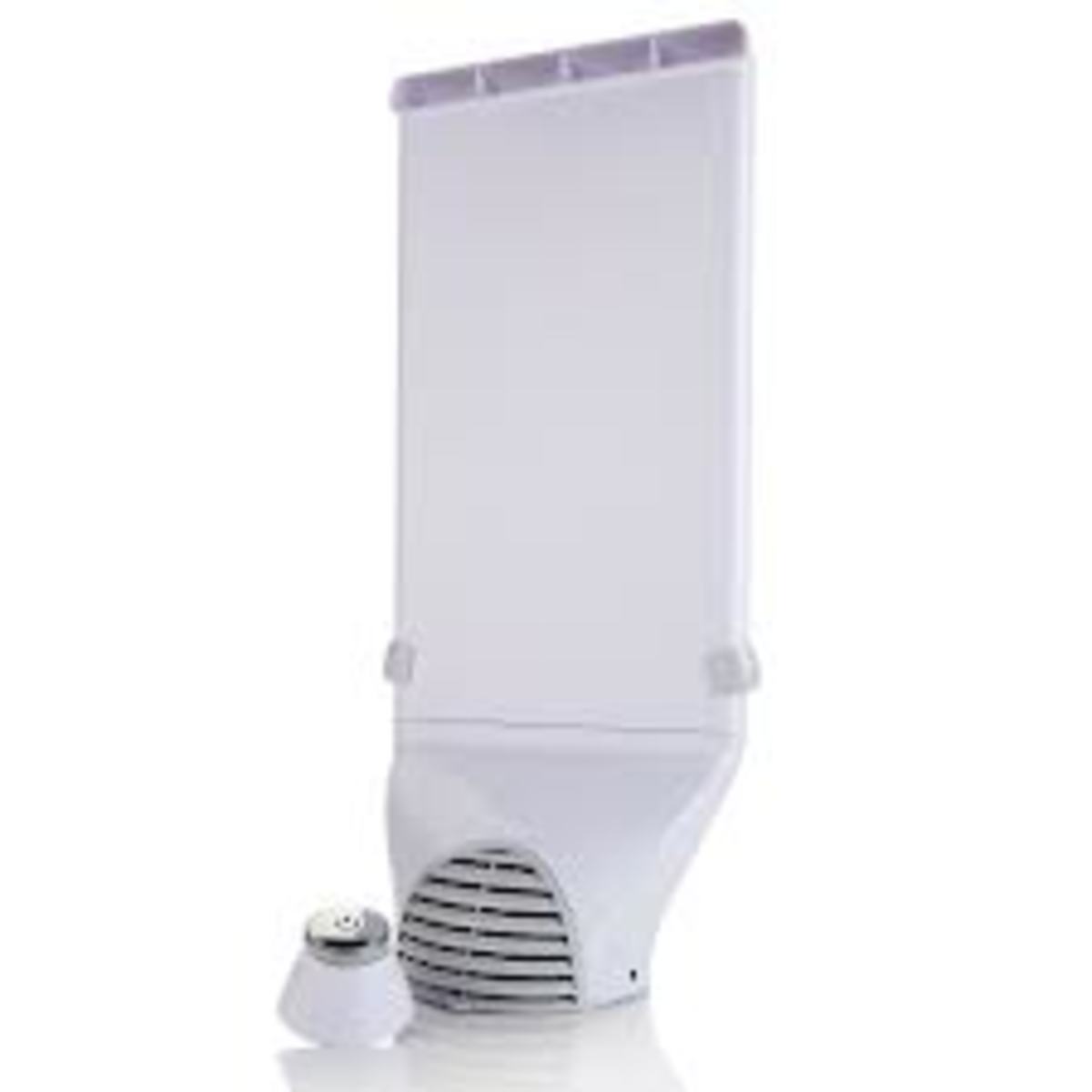The Onset of Menopause: Hot Flashes, Lifestyle Diseases, and Osteoporosis
Women on their early forties to their fifties experience, at some point, the phase known as climacterium or commonly known as menopause. What causes this phenomenon? How will we know that we already having menapause? What are the common symptoms and how are they managed?

Menopause refers to the time at which a woman stops having menstrual periods. It is defined as the absence of menses for 12 consecutive months.
A Natural Course in Life
Similar to the puberty days, many are left clueless on what is happening to their body around 40 years after. Most women may attribute it to problems such as stress, fatigue, family or work-related issues, or a myriad of any other known disease altogether. Menopause has been explained thoroughly in many other literature, hence it would not be further elaborated here. For the purpose of this article, perimenopausal refers to those who are in the stage experiencing menopause. Essentially the most important thing to note is the typical root cause is the imbalance in the natural hormones in the women’s body during menopause. Estrogen and progesterone, the two main female hormones have an alteration in the amount secreted. This leads to almost all he symptoms discussed in the succeeding sections.
For many females, it is very vital to provide reassurance to that the symptoms that the symptoms you are experiencing is part of a normal process; it is experiencing is part and parcel of the natural phase of menopause. Healthcare workers are trained in communication of information about this events; it should be done with much emphasis in order to avoid confusion and worries of what women are experiencing. Due to the vagueness and erratic behavior of the symptoms, it may differ from person to person. Hence, it should be also emphasized that it’s a natural course and is not a disease nor a disorder.
Outlined below are several signs and symptoms experienced by those going through this phase. It is important to note that the duration, severity, and even the mere presence of these varies from person to person. For the readers, you may have all, one or even none at all.
The average age of U.S. women at the time of menopause is 51 years. The most common age range at which women experience menopause is 48-55 years. Premature menopause is defines as menopause occurring in a woman younger than 40 years.
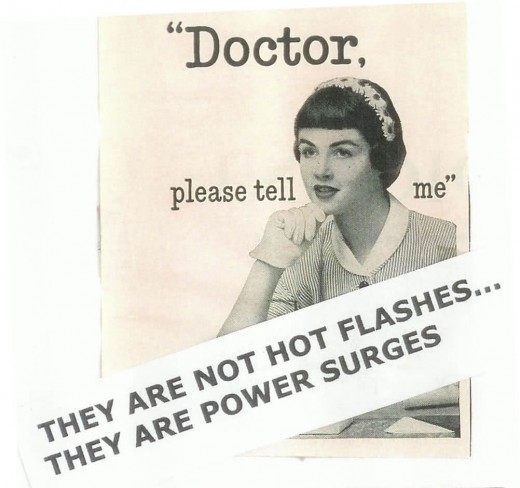
Hot Flashes
First in the list is something very specific that many of those who have had it, would agree as well. A part of the physiologic changes during perimenopausal period is hot flashes and this affects up to 75% of the perimenopausal women (Berek, 2007). It may range from sudden sweating, feeling of warmth, or even redness of the face. These symptoms are rooted from the abrupt peripheral vasodilation or the enlargement of blood vessels at the dependent parts of the bodies such as the extremities and the face. This is mainly due to the decrease in estrogen in the body.
This could last up to one to two years after menopause but may also continue up to 10 years or longer. Perimenopausal women who experience hot flashes should try to identify the particular triggers that precipitate this symptom. The most severe hot flashes usually occur at night and may adversely affect sleep. Common triggers include a warm environment, stress, alcohol, caffeine, and spicy foods. Self-help measures include avoiding certain foods and keeping cool by turning down the thermostat, sleeping with fewer blankets, and wearing layered clothing.
Hormonal therapy that can be used to prevent development of hot flashes will be estrogen (North American Menopause Society, 2010) Estrogen replacement is still the most reliable and effective therapy for vasomotor symptoms. However, studies by Main, et al. (2013) showed that usage of the said therapy increases the risk for strokes and blood clots. Alternatives such as soy isoflavones appear to be of little benefit. As for the drugs, Clonidine (Catapres), a centrally acting alpha-adrenergic agonist, has also been used with mixed success. (Collins et.al. 2007). Because vasomotor symptoms appear to be the result of estrogen withdrawal, rather than simply low estrogen levels, if cessation of estrogen therapy is desired, the dose should be reduced slowly over several months.
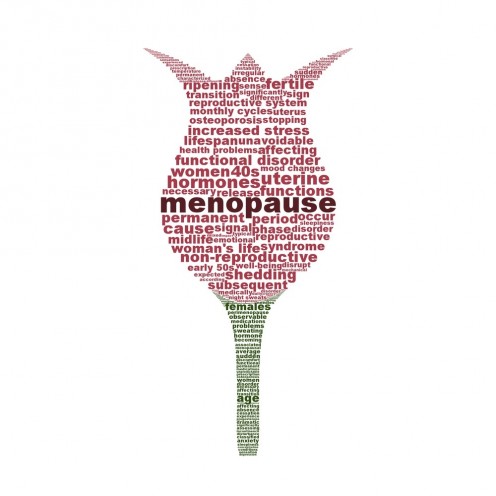
The Rise of Lifestyle Diseases: Hypertension and Diabetes Mellitus
In the newly globalized world, the people’s diet have changed significantly. This is coupled by the fact that the digital age has caused people to have lesser forms of physical activity leading to the accumulation of carbohydrates and fats in the body. In the long run, it may cause what is now known as lifestyle diseases with hypertension and diabetes mellitus as forerunners. The conglomeration of all these symptoms is known as metabolic syndrome, or syndrome X. During menopause the changes in hormonal level, which plays a role in the balancing act of many different metabolites in the body also contributes to the raging change in metabolism.
In addition to factors comprising the metabolic syndrome and Diabetes Mellitus type 2, various mechanisms have been proposed as playing a role in the increase in hypertension occurring in women at the time of perimenopause. Oxidative stress, endothelin levels, sympathetic nervous system activity and plasma renin activity are increased. The resultant endothelial dysfunction leads to changes in vasomotor tone, arterial stiffness and arterial remodeling, and inflammation. (Collins et al., 2007). In English, it is noted that the factors that contribute to the deranged levels of blood sugar and cholesterol levels known as the metabolic syndrome may also affect the vessels in the body. This changes in “vasomotor tone” is coupled with the fact that the blood vessels at this point in life may have already lost most of its elasticity and may have already stiffened up. Hence, the increase in blood pressure.
Critical components of a healthful lifestyle during the perimenopause include good nutrition, exercise, and smoking cessation. As for the dietary recommendations, a diet, low in fat and high in grains, fruits, and vegetables, can benefit perimenopausal women by reducing their risk of atherosclerotic disease, hypertension, osteoporosis, diabetes mellitus, certain cancers, and weight gain.

Brittle Bones of Osteoporosis
Proper diet, intake of calcium and lifestyle change could prevent women from having osteoporosis. Starting from the modifiable risk factors such as inadequate intake of calcium and vitamin D, smoking, low body weight, excess alcohol use and sedentary lifestyle. The following are advised: Adequate calcium intake in the perimenopausal diet is especially important to maintain bone density as estrogen levels decline. The National Osteoporosis Foundation in 2014 supports Institute of Medicine (IOM) recommendations that women age 51 and older and men age 71 and older consume 1,200 mg per day of calcium. One can also obtain adequate calcium from dietary sources, such as low-fat or non fat dairy products, greens, broccoli, canned sardines and salmon, fortified orange juice, and cereal
Vitamin D plays a major role in calcium absorption, bone health, muscle performance, balance and risk of falling. NOF recommends an intake of 800 to 1,000 international units (IU) of vitamin D per day for adults age 50 and older. Institute of Medicine Dietary Reference Intakes for vitamin D are 600 IU per day until age 70 and 800 IU per day for adult’s age 71 years and older.
Chief dietary sources of vitamin D include vitamin D-fortified milk (400 IU per quart, although certain products such as soy milk are not always supplemented with vitamin D) and cereals (40 to 50 IU per serving or more), salt-water fish and liver. Some calcium supplements and most multivitamin tablets also contain vitamin D. Supplementation with vitamin D2 (ergocalciferol) or vitamin D3 (cholecalciferol) may be used.
Another possible regimen would be the use of hormonal therapy using Selective Estrogen receptor Modulators (SERMS) and the DOC is Raloxifene. It is been said in the Multiple Outcomes of Raloxifene Evaluation (MORE) trial that this drug shows reduced the risk of osteoporotic vertebral fractures and newly diagnosed breast cancer without increasing the risk of endometrial cancer but increased the risk of venous thromboembolic events (Barret-Conor et al, 2006).

Lifestyle Modification Goes A Long Way
Modification of lifestyle is also highly encouraged in women in order to avoid developing chronic lifestyle diseases. Cessation of smoking must be strongly advised (Simkin-Silverman, et al., 2003). The use of tobacco products is detrimental to the skeleton as well as to overall health. National Osteoporosis Foundation strongly encourages a smoking cessation program as an osteoporosis intervention. It is also associated with numerous chronic diseases, such as osteoporosis, lung cancer, coronary heart disease, and chronic obstructive pulmonary disease. Perimenopausal women should be strongly advised to quit smoking. The could be provided with counseling about smoking cessation options, information on nicotine replacement therapy, and referrals to smoking cessation programs and resources
Regular exercise, along with moderate calorie control, will help our women maintain a healthy weight and avoid the weight gain often associated with the perimenopause. Regular aerobic exercise also helps to decrease hot flushes. Aerobic exercise offers additional benefits, such as reducing the risk of coronary artery disease, while weight-bearing exercise (for example, weight lifting and jogging) also may have a beneficial effect on bone density. Perimenopausal women should be encouraged to perform moderate aerobic and weight-bearing exercise at least three times per week.
After reading the signs and symptoms, do you think you are already perimenopausal?
References
- Barrett-Connor, E., Mosca, L., Collins, P., Geiger, M. J., Grady, D., Kornitzer, M & Wenger, N. K. (2006). Effects of raloxifene on cardiovascular events and breast cancer in postmenopausal women. New England Journal of Medicine, 355(2), 125-137.
- Collins et. Al.(2007) Management of cardiovascular risk in the peri-menopausal woman: a consensus statement of European cardiologists and gynaecologists. European Heart Journal 28, 2028–2040 doi:10.1093/eurheartj/ehm296
- Clinician's guide to prevention and treatment of osteoporosis. (2014, April 1).
- Frackiewicz,, E and Cutler N. (2000).Women's Health Care During the Perimenopause J Am Pharm Assoc.;40(6)
- Main, C., Knight, B., Moxham, T., Gabriel Sanchez, R., Sanchez Gomez, L. M., Roqué i Figuls, M., & Bonfill Cosp, X. (2013). Hormone therapy for preventing cardiovascular disease in post-menopausal women. Cochrane Database Syst Rev, 4.
- North American Menopause Society. (2010). Estrogen and progestogen use in postmenopausal women: 2010 position statement of The North American Menopause Society. Menopause (New York, NY), 17(2), 242.
- Ross AC, Taylor CL, Yaktine AL, et al., (2011) Institute of Medicine (US) Dietary Reference Intakes for Calcium and Vitamin D. Washington (DC): National Academies Press (US);. Available from: http://www.ncbi.nlm.nih.gov/books/NBK56070/.
- Simkin-Silverman, L. R., Wing, R. R., Boraz, M. A., & Kuller, L. H. (2003). Lifestyle intervention can prevent weight gain during menopause: results from a 5-year randomized clinical trial. Annals of Behavioral Medicine, 26(3), 212-220
- Nagamani M, Kelver ME, Smith ER. Treatment of menopausal hot flashes with transdermal administration of clonidine. Am J Obstet Gynecol 1987;156:561–565.
© 2016 LM Gutierrez

